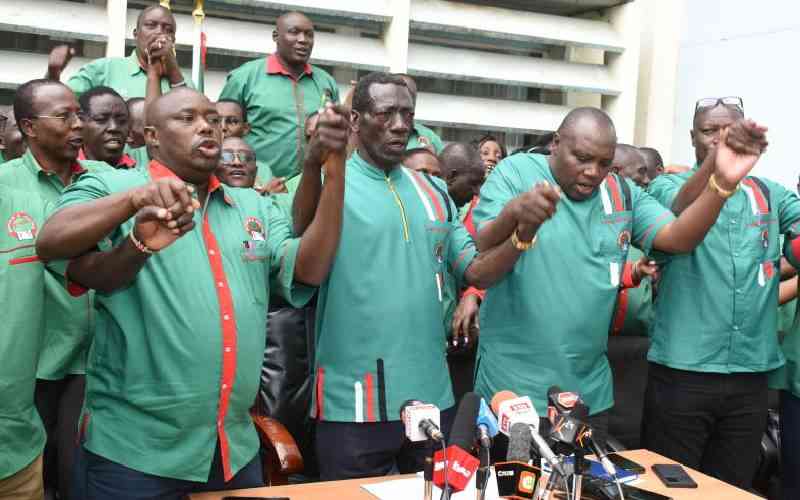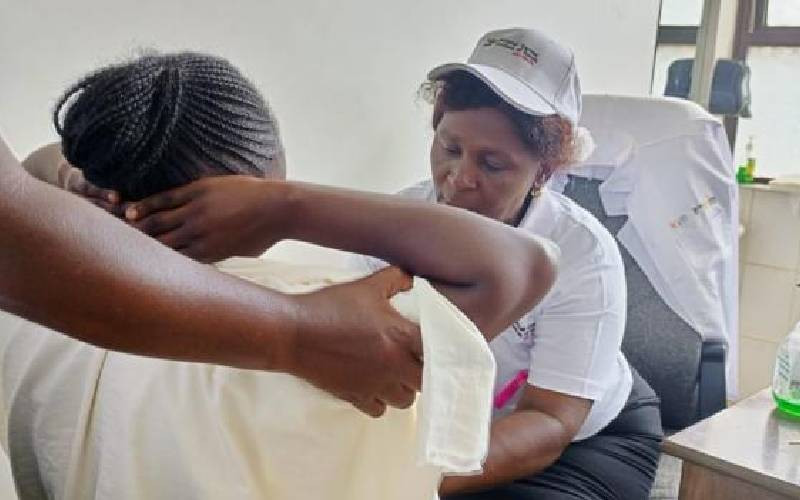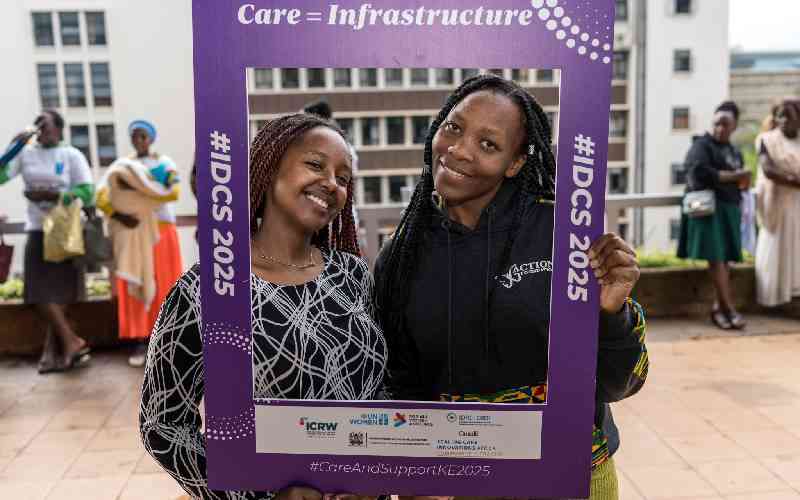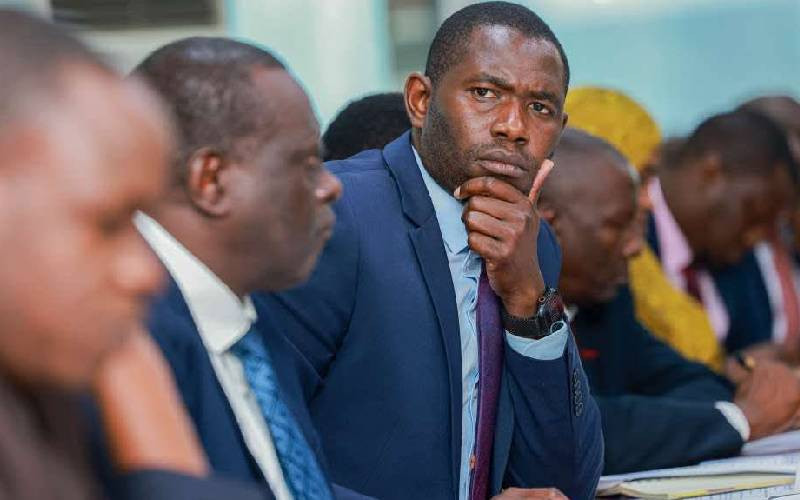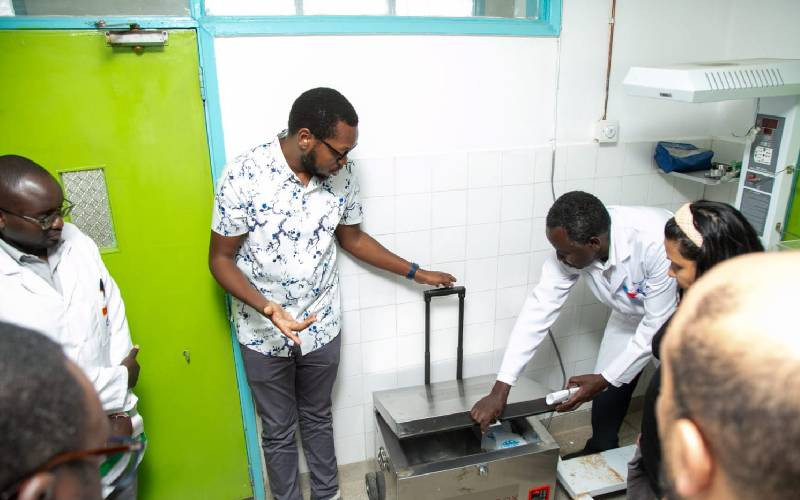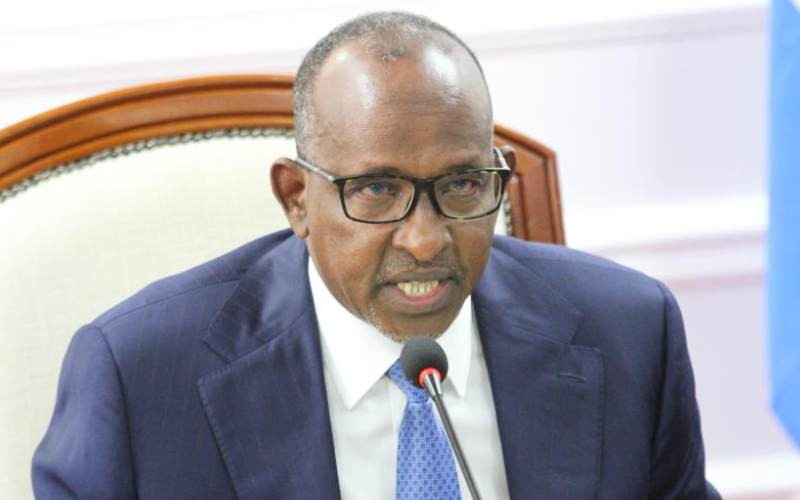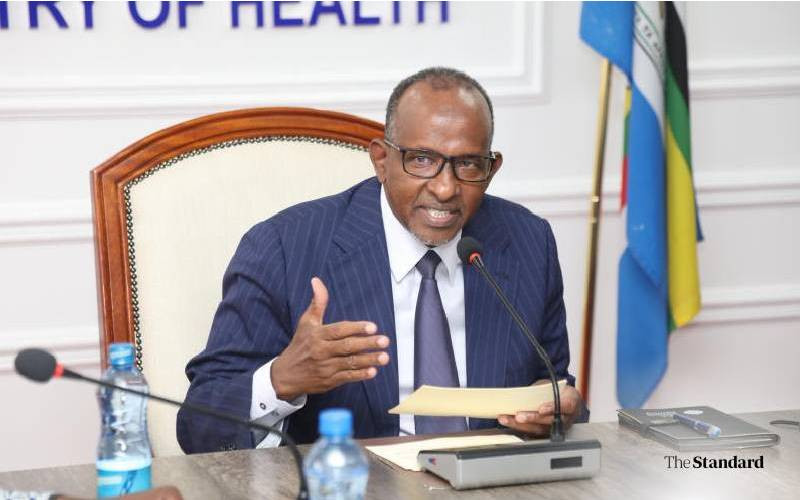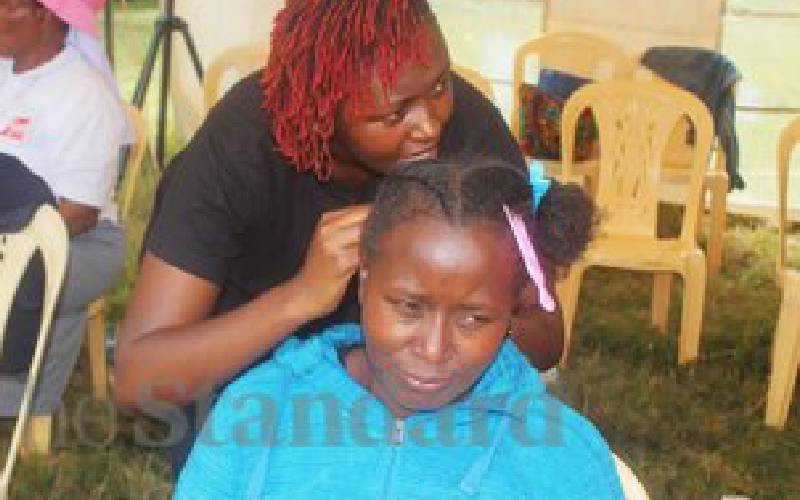
PS Medical Services, Ministry of Health Harry Kimtai before the Public Accounts Committee (PAC) for Examination of the Auditor General's report for the Financial Year ended 30th,June 2023 at Bunge Towers, Parliament, Nairobi. December 3rd, 2024 [Elvis Ogina, Standard]
The shortage of infant vaccines in Kenya is not a new issue, yet it remains a persistent problem. This challenge is largely attributed to the government's failure to properly project population growth.
Approximately one million babies are born in the country annually, with an estimated 300,000 missing immunisation.
Facts First
Unlock bold, fearless reporting, exclusive stories, investigations, and in-depth analysis with The Standard INSiDER subscription.
Already have an account? Login
 The Standard Group Plc is a multi-media organization with investments in media
platforms spanning newspaper print
operations, television, radio broadcasting, digital and online services. The
Standard Group is recognized as a
leading multi-media house in Kenya with a key influence in matters of national
and international interest.
The Standard Group Plc is a multi-media organization with investments in media
platforms spanning newspaper print
operations, television, radio broadcasting, digital and online services. The
Standard Group is recognized as a
leading multi-media house in Kenya with a key influence in matters of national
and international interest.

